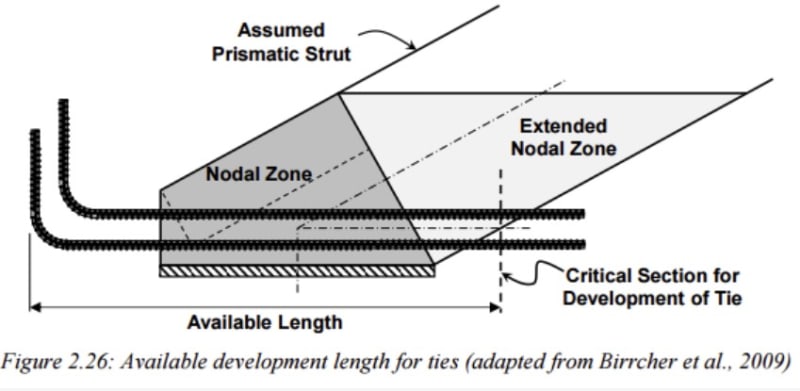[URL unfurl="true"]https://res.cloudinary.com/engineering-com/image/upload/v1723617656/tips/Core_Wall_Starter_Bars_1_degmkq.pdf[/url]
Hi All,
I'm a structural engineer working in a consulting firm in Australia.
There's a new manager in the company whom I'm working under at the moment, and he insisted that we should put double amount of vertical reinforcement as the starter bars at the pile cap for the walls especially when it's under tension due to ultimate earthquake loads.
He was from a national consulting firm in Australia which is famous for designing many tall buildings in Australia, and apparently, they always put more (double) amount of starter bars compared to the wall's vertical reinforcement.
Please see figure 2 on the pdf attachment for his reasoning for doubling the amount of starter bars based on the strut-tie principle (mainly because the reinforcement is not developed at the nodes).
I have some understanding on earthquake design as I've read couple textbooks by Moehle and Priestley, and I feel like this is not the correct approach from earthquake perspective as we don't want to over-reinforce the vertical bars for the plastic hinge to form, especially for ductility mu=2.
I've brought this up, but he said that the plastic hinge can form above the starter bars instead.
Could I have opinions from members in this forum regarding this design approach?
There appears to be a similar question here but seems like it's not answered.
Thanks.
Hi All,
I'm a structural engineer working in a consulting firm in Australia.
There's a new manager in the company whom I'm working under at the moment, and he insisted that we should put double amount of vertical reinforcement as the starter bars at the pile cap for the walls especially when it's under tension due to ultimate earthquake loads.
He was from a national consulting firm in Australia which is famous for designing many tall buildings in Australia, and apparently, they always put more (double) amount of starter bars compared to the wall's vertical reinforcement.
Please see figure 2 on the pdf attachment for his reasoning for doubling the amount of starter bars based on the strut-tie principle (mainly because the reinforcement is not developed at the nodes).
I have some understanding on earthquake design as I've read couple textbooks by Moehle and Priestley, and I feel like this is not the correct approach from earthquake perspective as we don't want to over-reinforce the vertical bars for the plastic hinge to form, especially for ductility mu=2.
I've brought this up, but he said that the plastic hinge can form above the starter bars instead.
Could I have opinions from members in this forum regarding this design approach?
There appears to be a similar question here but seems like it's not answered.
Thanks.


